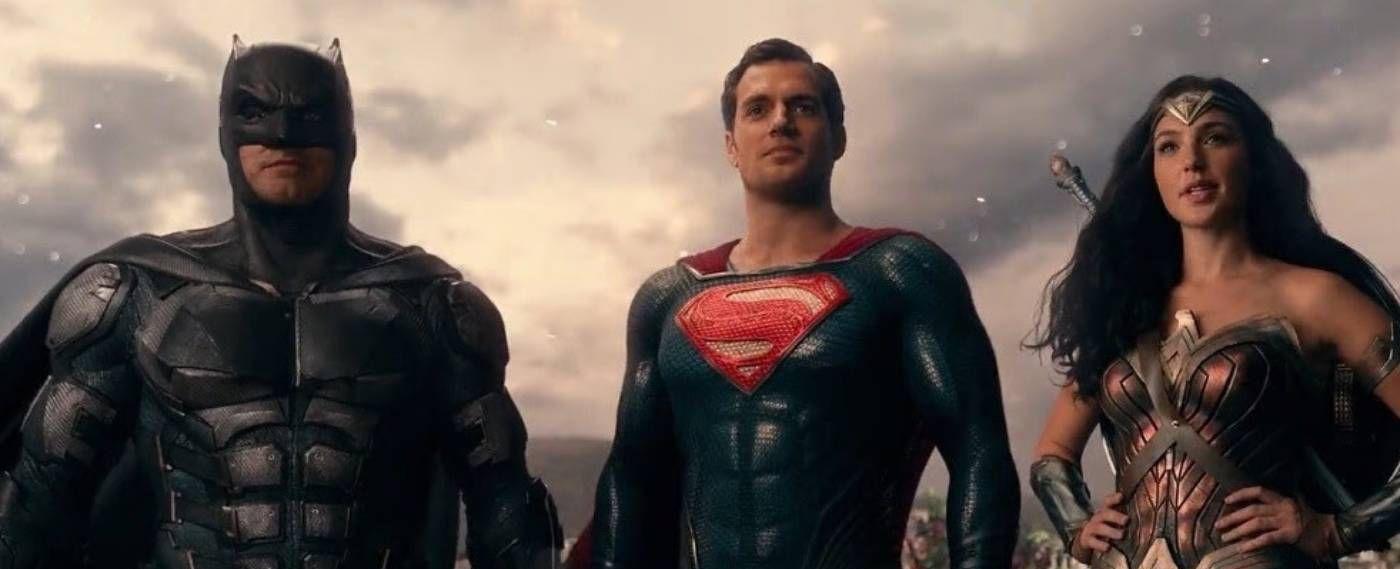6 Years Later, Justice League 2017 Is Still Hurting DC Movies

I recently came across an article that caught my attention about how the 2017 film Justice League is still having a negative impact on DC movies six years later. According to the article, Justice League was meant to be a superhero blockbuster that would rival Marvel’s Avengers, but instead it ended up disappointing both audiences and critics alike.
The article explains that due to the film’s tumultuous production, which included a change in directors and extensive reshoots and edits, the final product was disjointed and lacked coherence. Many fans and critics saw the film as a lost opportunity for DC to catch up to Marvel’s cinematic universe. Additionally, the underwhelming box office results were a huge blow to Warner Bros., who had invested heavily in the film.
The article also highlights how the negative reception of Justice League has affected subsequent DC movies, with many audiences now approaching these films with skepticism and low expectations. The article goes on to point out that the upcoming release of Zack Snyder’s Justice League, a director’s cut of the 2017 film, has rekindled interest in the original film, albeit with mixed feelings from fans and critics.
As a writer and movie lover, I find it fascinating how one disappointing film can have such a long-lasting impact on an entire franchise. It also underscores the importance of having a clear vision and strong leadership when it comes to big budget productions.
In conclusion, the legacy of Justice League is a cautionary tale for studios and filmmakers alike. It shows that even with a roster of beloved superheroes, a blockbuster film can fall short if the production process is not well-managed. This article serves as a reminder that a single film can have a ripple effect on an entire franchise for years to come.
Quick Links

